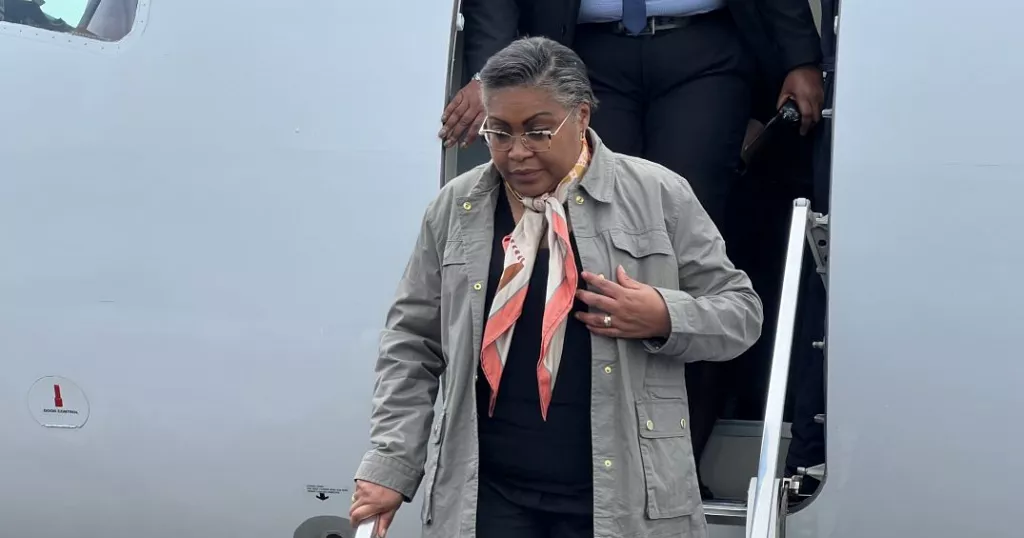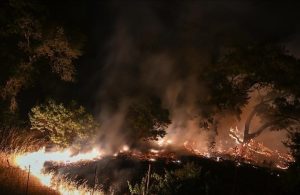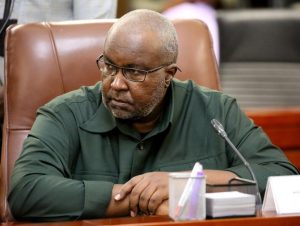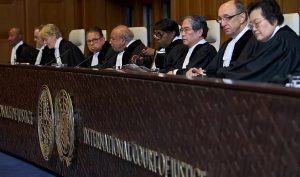DRC: PM in war-torn eastern provinces to assess unpopular state of siege measure
4 min read
DRC's Prime Minister Judith Suminwa landing in Goma on Nov. 22, 2024.
On November 22, 2024, the Prime Minister of the Democratic Republic of Congo (DRC), Judith Suminwa, embarked on a critical mission to assess the ongoing state of siege in the country’s war-torn eastern regions. Accompanied by a large delegation, Suminwa arrived in Goma, the capital of North Kivu province, to meet with key local stakeholders and assess the effectiveness of measures aimed at curbing violence and restoring stability.
The state of siege, initially imposed by President Félix Tshisekedi more than three years ago, has been a contentious subject. North Kivu and the neighboring province of Ituri have remained under military rule since the measure was enforced in May 2021, but it has been widely criticized for failing to produce meaningful results. The primary goal of the state of siege was to restore the authority of the government and curb the influence of armed groups that have long terrorized the region. However, despite the years of military presence and heavy restrictions, many residents claim that the situation has only worsened.
During her visit, Suminwa acknowledged the criticisms surrounding the state of siege, noting that while measures were introduced last year to ease the military control, many of these steps have not been fully implemented. “It is important to come here to hold discussions with local stakeholders to understand if new developments have emerged and whether the measures that remain unfulfilled can be enforced,” Suminwa stated. Her visit underscores the government’s attempt to address the mounting concerns over the ongoing security situation.
The Prime Minister’s arrival in Goma, however, was met with public dissent. As she stepped out of the airport, protesters gathered to express their dissatisfaction with the state of siege, chanting slogans like “Down with the state of siege.” Among the demonstrators was Fiston, a local resident, who voiced his frustration with the continued insecurity. “The president himself said that the state of siege was meant to restore order and expel rebel groups. But Goma remains surrounded by rebels, so we question the purpose of maintaining this measure,” he said.
The state of siege has also failed to alleviate the conditions in the numerous displacement camps that have sprouted across the region due to the conflict. Residents in these camps continue to suffer from the spiraling violence and the territorial gains of armed groups. Sifa, a displaced person, shared her discontent, saying, “Since the state of siege was enforced, we haven’t seen any significant improvement. We live in constant fear here in the camps. We ask that the state of siege be lifted. We have a military governor, but we don’t see any tangible benefits from his leadership.”
The mission marks an effort to evaluate the security situation and the overall effectiveness of the state of siege. Previous evaluations have also been conducted, but the results have largely failed to address the root causes of the insecurity in the region. One of the main criticisms of the measure is that it has not led to significant reductions in violence, nor has it curtailed the activities of armed groups that continue to exert control over large swaths of territory in eastern DRC.
The eastern provinces, particularly North Kivu and Ituri, have long been plagued by a complex web of armed groups, some of which have been active for decades. These groups, including rebel factions and militia organizations, have exploited local ethnic tensions and a lack of government presence to operate with relative impunity. The government’s decision to impose a state of siege, placing military commanders in charge of civilian administration, was intended to curb the influence of these groups. However, the lack of visible progress has raised doubts about the measure’s efficacy.
As part of her visit, Prime Minister Suminwa is scheduled to meet with representatives of the United Nations peacekeeping mission in the region, known as MONUSCO, to discuss ways to improve security and humanitarian conditions. She will then travel to Ituri province, which has also been heavily affected by the ongoing conflict. The region has seen decades of instability, with more than 100 armed groups operating in the area, further complicating efforts to bring peace to the region.
The DRC’s government faces immense challenges in addressing the security crisis in the eastern provinces. The continuing instability, combined with the entrenched presence of armed groups, has created a volatile environment that hinders both humanitarian aid and the development of the region. The current assessment by Prime Minister Suminwa is an important step in re-evaluating the strategy for dealing with the crisis and finding solutions that can bring lasting peace to one of the most conflict-ridden areas in Africa.
The situation in eastern DRC remains fragile, and the government’s next steps will be critical in shaping the future of the state of siege and its ability to restore peace and order to the region.







